Foods high in sodium
Too much sodium intake can increase the amount of calcium excreted from the body through waste, which can lead to bone loss over time. High levels of salt are hidden in many everyday foods, including: Bread; Breakfast cereals; Sausages, bacon, ham and salted meats; Packaged soups; Ready meals; Processed foods...
According to experts, high sodium intake is consistently considered a risk factor for osteoporosis-related fractures, especially if calcium intake is low. Therefore, it is necessary to limit salt intake to 3-5g/day (about 1 teaspoon) as recommended by the World Health Organization (WHO).
It is important to limit your salt intake and choose low-sodium alternatives. Be mindful of your salt intake when cooking at home. It can be difficult to adjust your taste buds immediately if you are used to salty foods, but try using other strong flavors such as black pepper, fresh herbs or chili.
Ways to prevent eating too much salt include reducing salt when preparing food, dipping lightly, diluting fish sauce before eating, limiting the intake of canned foods with high salt content such as pickled vegetables, kimchi, paying attention to the salt content listed on product packaging/packaged foods before buying... to form the habit of limiting the amount of salt taken into the body, reducing the risk of osteoporosis.

Limit caffeine consumption
High amounts of caffeine, found in coffee, tea, energy drinks, and some sodas, can leach calcium from your body more quickly, which can affect bone density, especially if you don’t consume much calcium to begin with. While moderate caffeine intake is generally considered safe, excessive consumption should be avoided.
Caffeine's effect is only a small imbalance between calcium intake and calcium loss. However, if your calcium intake is low or you have other risk factors for osteoporosis, try to drink no more than 4 cups of coffee (no more than 400 mg/day for adults).
Foods high in sugar
High-sugar diets have been shown to increase inflammation and insulin levels, reduce calcium absorption, and increase urinary calcium and magnesium excretion. Avoid sugary drinks, especially sodas with phosphoric acid, which can cause an imbalance of phosphorus to calcium. Soda intake has been linked to an increased risk of fractures.
Beer and alcoholic beverages
Drinking too much alcohol can interfere with calcium absorption and disrupt the balance of hormones related to bone health. Long-term heavy drinking can lead to reduced bone density and an increased risk of fractures. If you drink alcohol, try to drink in moderation, following the recommended guidelines. It is best to cut out alcohol altogether.
Phytates and oxalates
Phytates and oxalates are compounds found in some common foods. They do not directly harm bones, but they can reduce the amount of calcium available to bones by binding with calcium and other minerals consumed at the same time.
Phytates and oxalates are usually found in very small amounts. If your diet is rich in calcium, you don't need to worry or make any adjustments.
Foods containing phytates include: Plant foods; Nuts; Whole grains; Dried beans; Seeds...
Foods containing oxalates include: Most plant foods; Tea; Rhubarb; Spinach...
Foods rich in vitamin A
Research has found that if you get too much of a certain form of vitamin A called pre-retinol, your bones are more likely to weaken. Foods that contain high levels of retinol include: liver and liver products such as cod liver oil, liver pâté,...
Vitamin A also comes in the form of beta-carotene, which does not have a negative effect on bones. If you have osteoporosis, vitamin A is still an essential part of your diet and therefore does not need to be avoided completely. Try to limit foods high in vitamin A to once a week. If this is difficult, try reducing the portion size.
Source: https://kinhtedothi.vn/nhung-loai-thuc-pham-gay-loang-xuong.html



![[Photo] Flooding on the right side of the gate, entrance to Hue Citadel](https://vphoto.vietnam.vn/thumb/1200x675/vietnam/resource/IMAGE/2025/10/28/1761660788143_ndo_br_gen-h-z7165069467254-74c71c36d0cb396744b678cec80552f0-2-jpg.webp)
![[Photo] National Assembly Chairman Tran Thanh Man received a delegation of the Social Democratic Party of Germany](https://vphoto.vietnam.vn/thumb/1200x675/vietnam/resource/IMAGE/2025/10/28/1761652150406_ndo_br_cover-3345-jpg.webp)
![[Photo] Draft documents of the 14th Party Congress reach people at the Commune Cultural Post Offices](https://vphoto.vietnam.vn/thumb/1200x675/vietnam/resource/IMAGE/2025/10/28/1761642182616_du-thao-tai-tinh-hung-yen-4070-5235-jpg.webp)






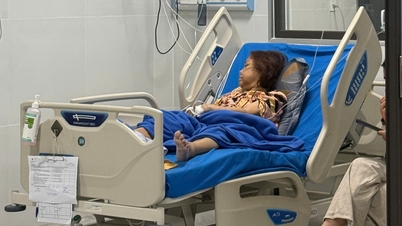

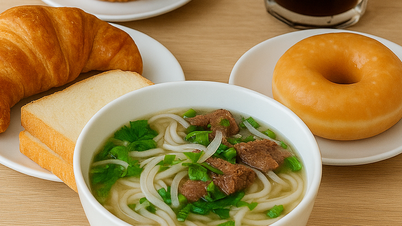
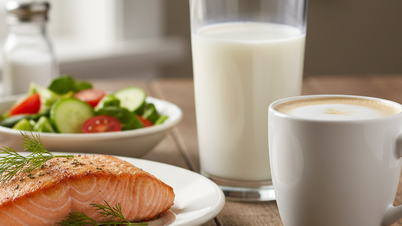

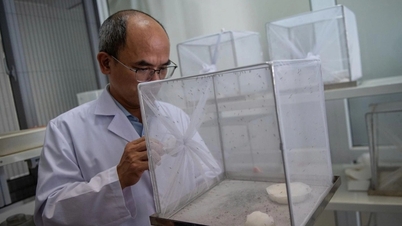


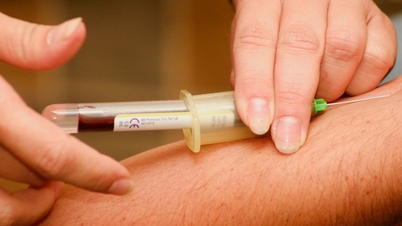














![[Photo] President Luong Cuong attends the 80th Anniversary of the Traditional Day of the Armed Forces of Military Region 3](https://vphoto.vietnam.vn/thumb/1200x675/vietnam/resource/IMAGE/2025/10/28/1761635584312_ndo_br_1-jpg.webp)












































































Comment (0)